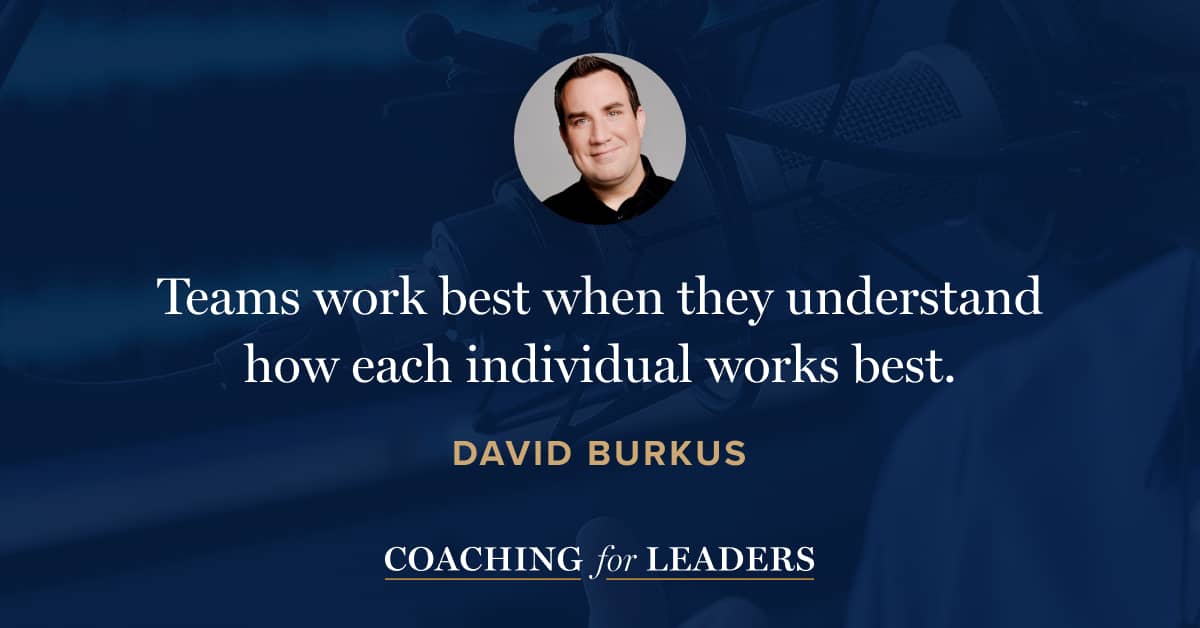David Burkus: Best Team Ever!
David Burkus is the bestselling author of four books about business and leadership which have won multiple awards and been translated into dozens of languages. His insights on leadership and teamwork have been featured in the Wall Street Journal, Harvard Business Review, USAToday, Fast Company, the Financial Times, and many other media outlets.
Since 2017, David has been ranked multiple times as one of the world’s top business thought leaders. As a sought-after international speaker, his TED Talk has been viewed over two million times. He has worked with leaders from organizations across all industries, including PepsiCo, Fidelity, Clorox, Adobe, and NASA. He's the author of Best Team Ever!: The Surprising Science of High-Performing Teams*.
There are many things that help teams work well together, but perhaps you haven’t thought of this one: clarity. Knowing what is being done and who’s doing it often helps a team achieve more. In this conversation, David and I discuss the practical steps to surface more clarity and drive better performance.
Key Points
- Casting a leadership vision is important, but insufficient. It’s not helpful to expect a team to figure out roles and responsibilities on their own.
- Teams work best when they understand how each individual works best. Clarity increased performance.
- Hold huddles using these three questions: (1) What did I just complete? (2) What am I focused on next? and (3) What is blocking my progress?
- Consider communicating in bursts to allow for people to retreat into less interrupted time for deeper work.
- Establish priorities and consistently make those priorities clear so they are obvious and apparent to the team.
Resources Mentioned
- Best Team Ever!: The Surprising Science of High-Performing Teams* by David Burkus
Interview Notes
Download my interview notes in PDF format (free membership required).
Related Episodes
- An Astronaut’s Guide to Life On Earth, with Chris Hadfield (episode 149)
- How to Make Deep Work Happen, with Cal Newport (episode 233)
- How Great Teams Find Purpose, with David Burkus (episode 481)
Discover More
Activate your free membership for full access to the entire library of interviews since 2011, searchable by topic. To accelerate your learning, uncover more inside Coaching for Leaders Plus.





